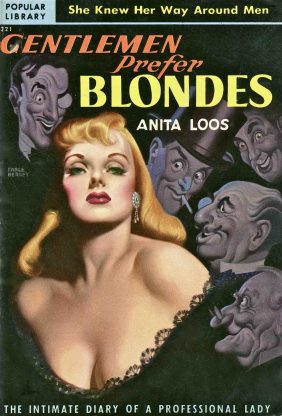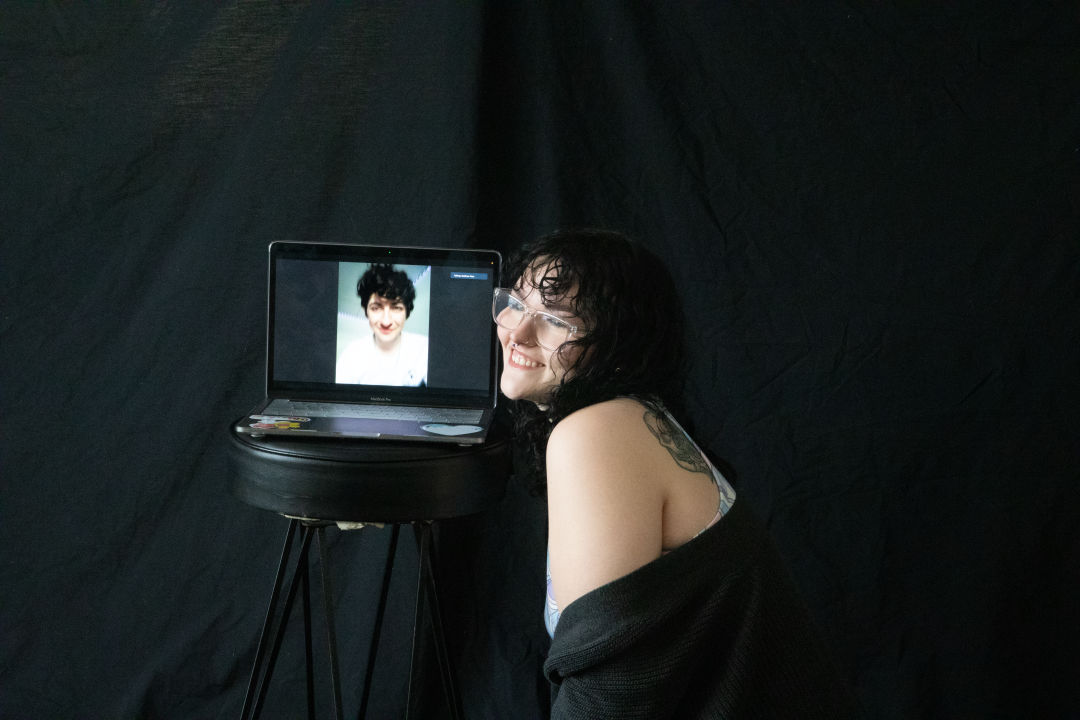
Classic television tropes have sexualized women since their curves were in black and white. Whether it be Marilyn Monroe in “Gentlemen Prefer Blondes” or Margot Robbie in “The Wolf of Wall Street,” women’s bodies have been used as pawns for both the men in the movies and the audiences drooling over their popcorn.
Unfortunately, modern audiences aren’t yet spared of the sexualization of women on screen, nor of the idyllic images of the female figure that we expect them to embody. In a HuffPost article, journalist Nina Bahadur states that “Women across the board were more likely to be shown wearing sexy attire or exposing some skin, and body size trends were apparent.”
Skinny yet curvy. Voluptuous but elegant. Thick thighs, no stretch marks. But why this unrealistic, idealistic image of the female body?
The answer is simple — because sex sells.
For example, “The Wolf of Wall Street” has earned a global total of $304.9 million, making it Martin Scorsese’s highest grossing film to date. And as much eye candy as Leonardo DiCaprio is, he wasn’t the one audiences were throwing their box office dollars at. Having women as oversexualized side characters in film offers some erotic relief from what can often be a dry plot, and while it lessens the respect for the women on screen, it deepens directors’ pockets.
This lack of respect for women in film — especially in an overtly sexual manner — is not limited to adults. According to a report conducted by the Parents Television Council, “The likelihood that a scene would include exploitation increased when a teen girl was involved, the report found, as did the odds that a show would try for a laugh: Girls were more likely to be the target of sexually exploitive jokes than adult women, 43 percent as compared to 33 percent.”
Though the actors who play young characters are often older in real life than their on-screen counterparts, it doesn’t excuse the perverted humor inserted into the show, as it only invites instances of obscene jokes toward — and in the worst cases, sexual exploitation of — young women. Being that television is a secondary source of information and learning in the newer generations, it’s more important than ever that it serves as a role model.
Groups like the Parents Television Council are advocating for distinguishing between serious television storylines and comedic ones, as well as more appropriate conduct between characters on screen. However, obscenity and sexual content in television walk a very tricky tightrope. As said in an article by Deseret News, “Experts say some of the reluctance to use policy to address sexualization stems from reluctance to censor what’s not clearly pornographic or obscene. People have different measures for what’s inappropriate on that side of the legal line.”
Film and television throw hypersexualized breasts in the public’s face in an attempt to get audiences to motorboat their remotes, and thus, the ratings. The tropes and stereotypes that dominate feminine portrayals in the media cherrypick overtly feminine features and characteristics and antiquated beliefs about women’s intelligence, all in an attempt to lure audiences into their cinematic arms.
In the wake of the Me Too Movement, incessant calls for body positivity and reignited women’s revolution, diversity, acceptance and representation for women in the media is crucial. Perpetuating the highly unattainable bodies of the silver screen only creates more barriers for the acceptance of the average woman in society. If the “dad bod” can become a fashion trend, the average woman deserves her fair share of acceptance too.






















